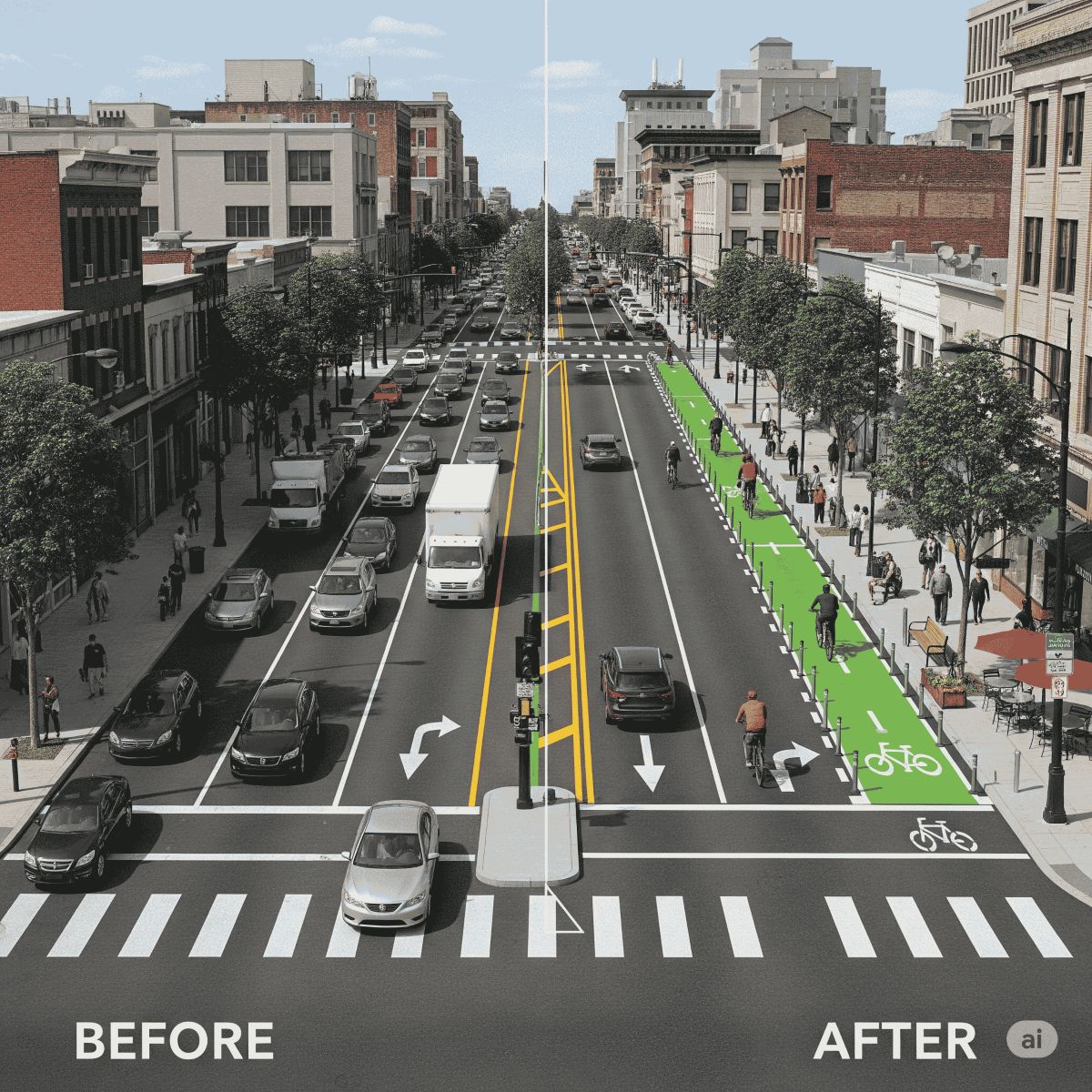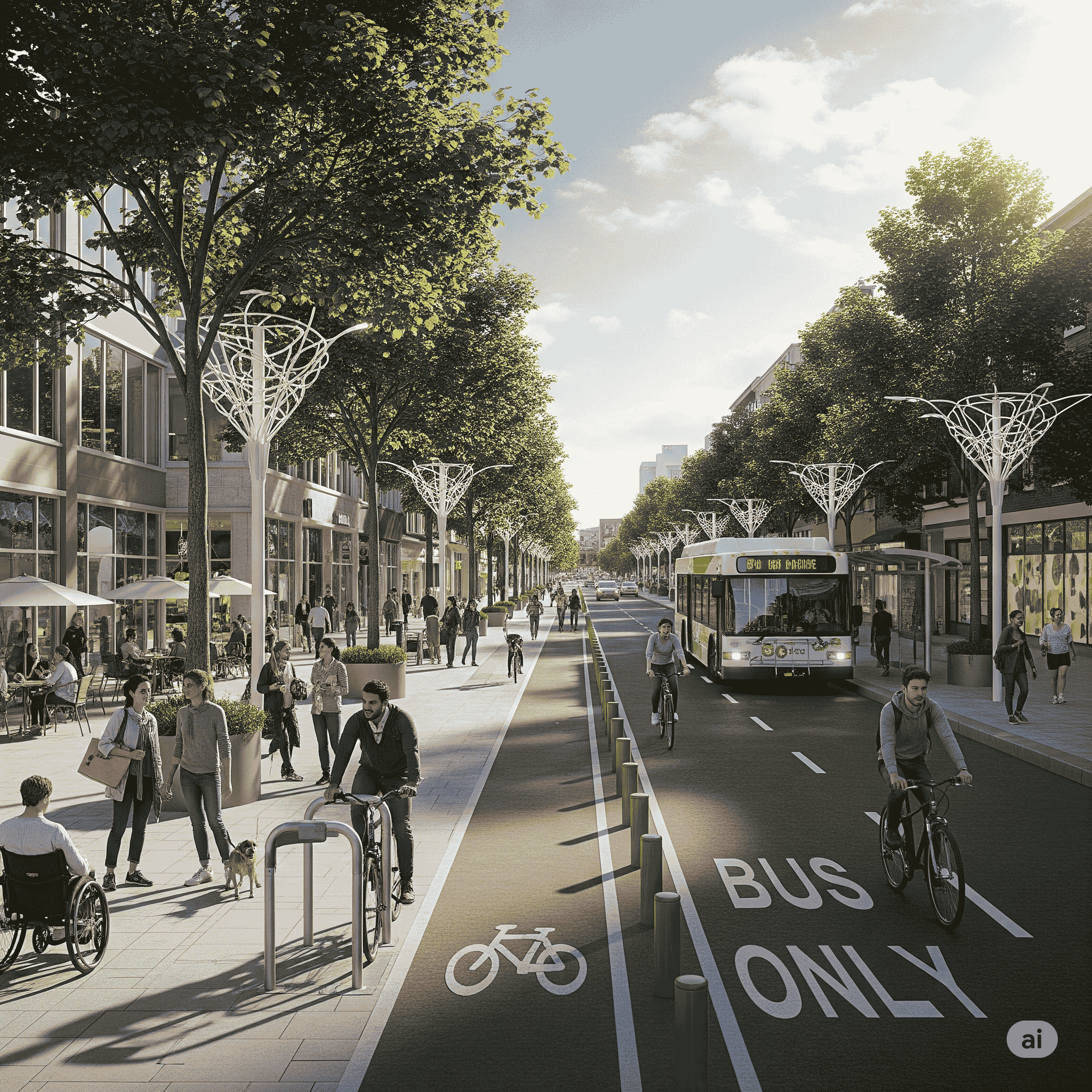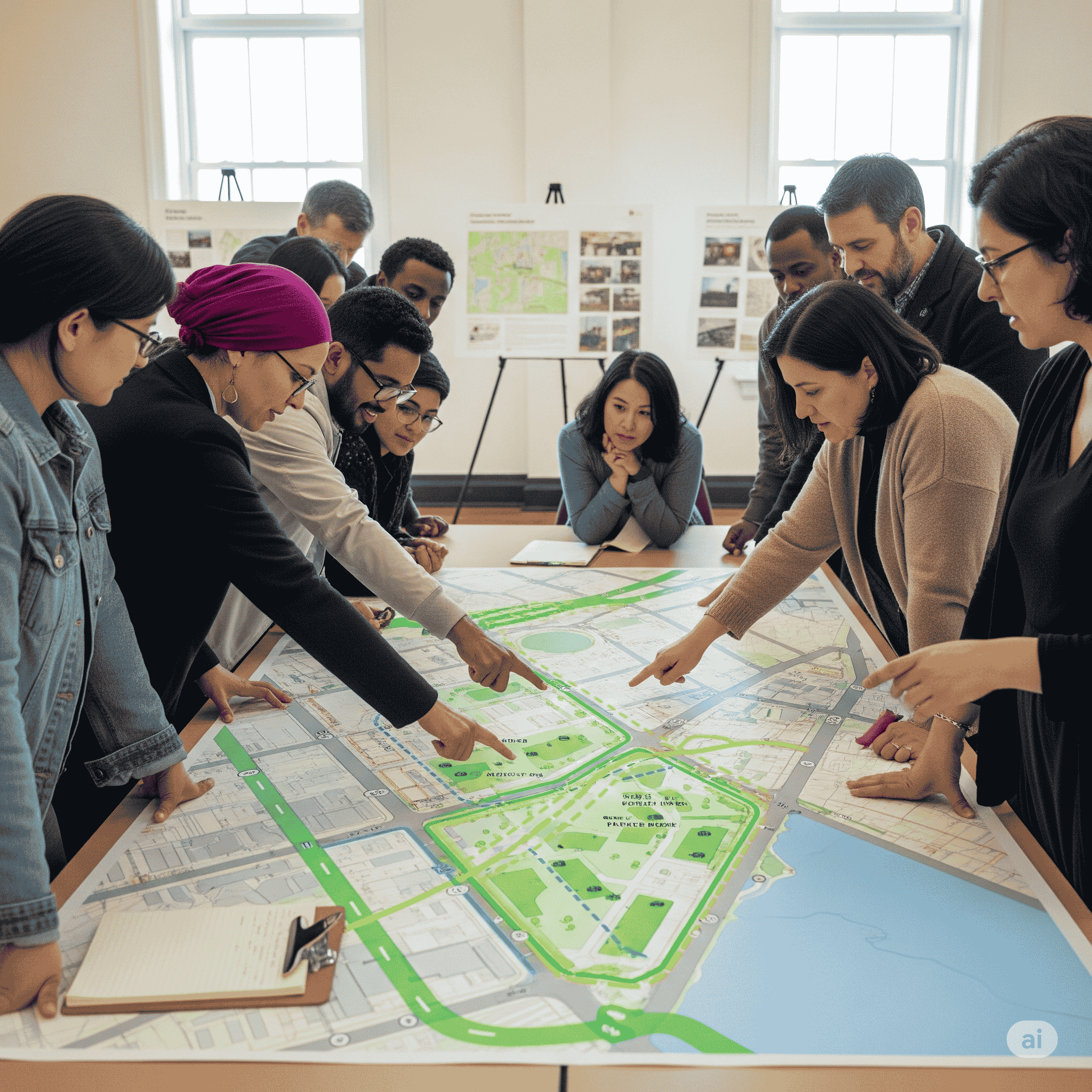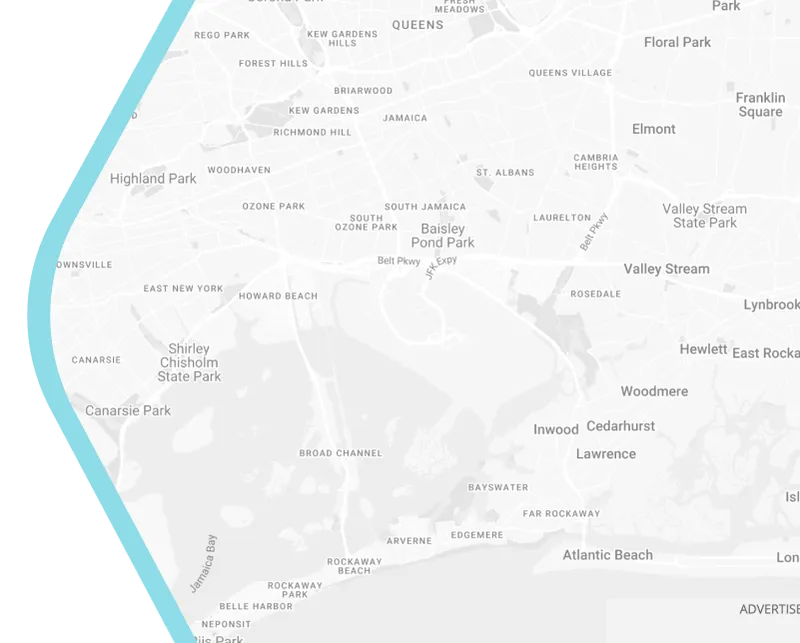
Reclaiming the Street: Designing for People with "Complete Streets" and "Road Diets"
For much of the 20th century, urban planners operated under a singular, car-centric philosophy: the primary function of a street was to move vehicles as quickly as possible. This approach led to wide, multi-lane thoroughfares that sliced through neighborhoods, creating barriers for pedestrians and an often-hostile environment for anyone not in a car. Today, a growing number of cities are recognizing that streets are more than just conduits for traffic; they are vital public spaces that define the character and livability of a community. This realization has given rise to two powerful and interconnected urban design strategies: "Complete Streets" and "Road Diets." These are not about adding new gadgets or tech buzzwords, but about the fundamental redesign of our physical environment to prioritize people.
This article delves into the principles behind these planning philosophies and their proven impact on creating safer, more vibrant, and healthier urban environments.
What are "Complete Streets"?
A "Complete Street" is a street designed and operated to enable safe travel for all users, regardless of age, ability, or mode of transportation. This means streets that are built to accommodate pedestrians, cyclists, public transit users, and motorists equally. The goal is to move beyond a one-size-fits-all approach to road design and create a network of streets that are context-sensitive, serving the diverse needs of the communities they pass through.
Key design elements of a Complete Street often include:
- Wide, unobstructed sidewalks
- Protected bike lanes
- Dedicated bus lanes and accessible transit stops
- Safe, clearly marked crosswalks
- Pedestrian refuge islands and curb extensions
The implementation of these features transforms a street from a simple travel corridor into a multi-purpose public space. You can learn more about this approach in our article on Complete Streets for safe travel.
The "Road Diet": Reclaiming Space from the Car
A "Road Diet" is a specific Complete Streets strategy that reconfigures a street's layout, typically by reducing the number of vehicle travel lanes and reallocating that space for other uses. The most common road diet converts a four-lane undivided road into a three-lane road: one lane in each direction and a center turn lane. The freed-up space is then used for new infrastructure such as bike lanes, wider sidewalks, or landscaping.
The name "road diet" is a bit misleading, as it doesn't necessarily aim to starve the road of traffic, but rather to make it more efficient and safer. This is achieved by:
- Reducing Speed: The reduction in lanes has a traffic-calming effect, naturally slowing vehicles down and making the street safer for everyone.
- Improving Safety: A center turn lane removes left-turning cars from the main traffic flow, which significantly reduces the number of conflict points and minimizes the risk of rear-end and head-on collisions. Studies have shown that road diets can reduce crashes by 19% to 47%.
- Enhancing Mobility: By creating dedicated lanes for buses and cyclists, road diets improve the flow and reliability of multi-modal transportation.
For more on how this strategy works, our article on improving road safety through a road diet provides a detailed overview.

The Transformative Benefits of a Human-Centric Street
The shift to designing streets for people rather than just for cars yields a wide range of benefits that impact the entire urban ecosystem.
1. Public Health and Active MobilityBy creating safe and inviting spaces, Complete Streets encourage walking and cycling. This promotes physical activity, which is a powerful tool against chronic diseases. The design of the street environment is a critical factor in enabling these choices, as discussed in our piece on built environment factors for active mobility.
2. Economic VitalityComplete Streets have a proven track record of boosting local economies. By making it easier and more pleasant for people to walk and bike to businesses, they increase foot traffic and local spending. Case studies from cities like New York and Lancaster, CA, have shown that street redesigns can lead to an increase in retail sales and a reduction in commercial vacancies.
3. Environmental and Social ImpactBy facilitating and encouraging alternatives to driving, Complete Streets help reduce a city's overall carbon footprint and improve air quality. They also foster a greater sense of community and social connection by creating public spaces where people can interact and linger. The focus on multi-modal options directly supports a city's goals to move beyond the car in urban areas.

Ready to Redesign Your City for a Better Future?
The shift from car-centric streets to human-centric streets is one of the most impactful changes a city can make to improve its livability, sustainability, and economy. At Smart City Solutions, we specialize in helping municipalities and urban planners implement these transformative design strategies.
Our team provides the strategic guidance and technical expertise to assess your city's needs, engage with the community, and develop a comprehensive plan for creating streets that are safe, accessible, and enjoyable for everyone.
Contact us today to schedule a consultation and learn how we can help you build a smarter, more sustainable future for your community.
